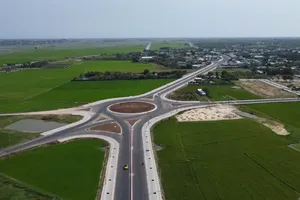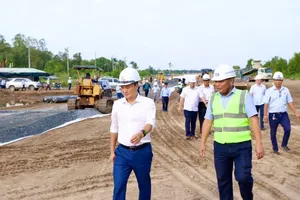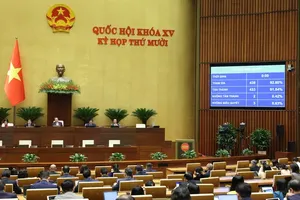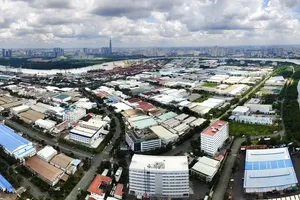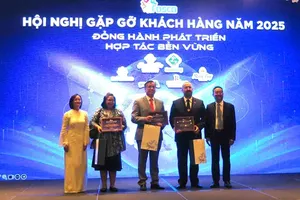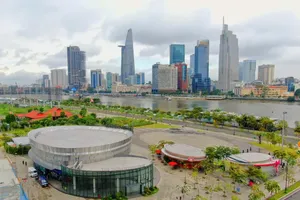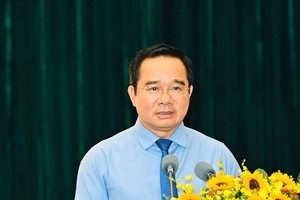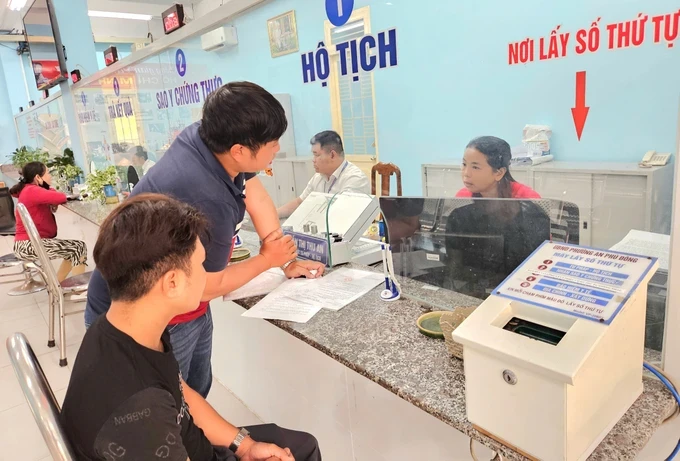
Across the bustling metropolis of HCMC, localities have recently engaged citizens to gather feedback on the proposed administrative restructuring and transition to a two-tier administration system. The reorganization of commune-level units has sparked significant public discussion, with many voters particularly interested in potential development zone expansions and the naming of newly configured wards and communes.
District 8’s restructuring plan proposes division into three distinct wards, tentatively named Chanh Hung, Binh Dong, and Phu Dinh. The district is also advocating for boundary adjustments with its neighboring Binh Chanh District. According to Chairman Vo Thanh Kha of the District 8 People’s Committee, the area extending from Nguyen Van Linh Avenue towards District 8 currently falls under Binh Chanh’s jurisdiction.
However, boundaries between these communes and District 8’s adjacent wards often lack clarity, failing to align with major traffic routes, while many canal networks that once served as natural boundaries have been filled in.
District 8 is therefore proposing a boundary realignment during reorganization, seeking to incorporate portions of Binh Chanh’s communes along Nguyen Van Linh Avenue. This strategic move aims to simplify administrative processes for residents, facilitating easier access to essential services while enhancing security management and social order.
Responding to this proposal, Chairman Nguyen Van Duoc of the HCMC People’s Committee expressed support, encouraging localities to approach reorganization flexibly. He emphasized the importance of moving beyond rigid adherence to existing administrative boundaries to achieve arrangements that best serve residents and businesses while enhancing administrative efficiency for collective progress.
MSc Nguyen Tuan Anh of Saigon Industry Corporation echoed his support for prioritizing citizen convenience, arguing that restructuring should adapt to population realities, urbanization pace, and management capabilities rather than being constrained by current geographical limits.
Rapidly expanding areas such as Thu Duc City, Binh Chanh District, and Nha Be District warrant comprehensive boundary reviews, aiming for larger administrative areas, streamlined bureaucracy, and integration of digital technology in urban management.
He cautioned against formulaic application of population and area criteria, advocating instead for “flexible governance” allowing periodic boundary adjustments every 5-10 years to respond effectively to demographic shifts and infrastructure development.
As reorganization plans progress, several localities have proposed potential names for new administrative units, including historical names like Saigon, Cho Lon, and Gia Dinh. Dr. Nguyen Duc Quyen from the HCMC Cadre Academy noted that selecting these names carries significance beyond geographical designation, holding considerable spiritual value and reflecting respect for the city’s rich history and culture. However, he stressed the importance of extensive public consultation to foster consensus and community ownership over new ward names.
Dr. Quyen advocated for a balanced approach blending administrative considerations with cultural and historical elements, prioritizing names deeply rooted in each area’s specific historical, cultural, and geographical context. This approach would help preserve local identity and foster stronger belonging and pride among residents.
He noted that naming wards in central city locations or areas with revolutionary tradition presents a unique opportunity to honor history while inspiring pride and educating future generations.
Supporting this perspective, MSc Nguyen Tuan Anh proposed developing comprehensive naming criteria ensuring balance between tradition and contemporary needs. These should consider historical and cultural significance, geographical and community representation, differentiation from other administrative units, memorability, and alignment with long-term development goals.
He suggested creating an “urban name bank” of historically and culturally significant local names for flexible use during various phases of urban development.
Addressing the 39th Conference of the HCMC Party Executive Committee on April 15, Secretary Nguyen Van Nen emphasized that reorganization must follow central government criteria while avoiding rigid approaches overly focused on ratios or merely rearranging old administrative units.
He stressed that reorganization must carefully realign space harmoniously, ensuring proximity to people and maximum convenience for residents and businesses in their daily activities. Crucially, the names of commune-level administrative units must maintain unity, consistency, and alignment with tradition, culture, and history – prioritizing symbolic names deeply rooted in local landscape and historical place names that resonate within collective consciousness, ultimately securing broad public consensus and support.
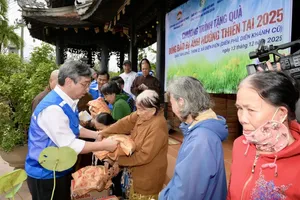
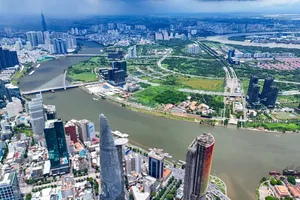
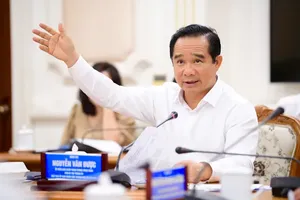
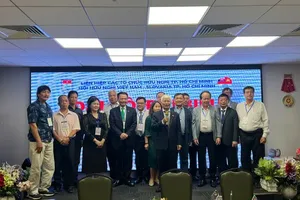
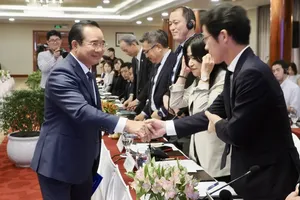
)

